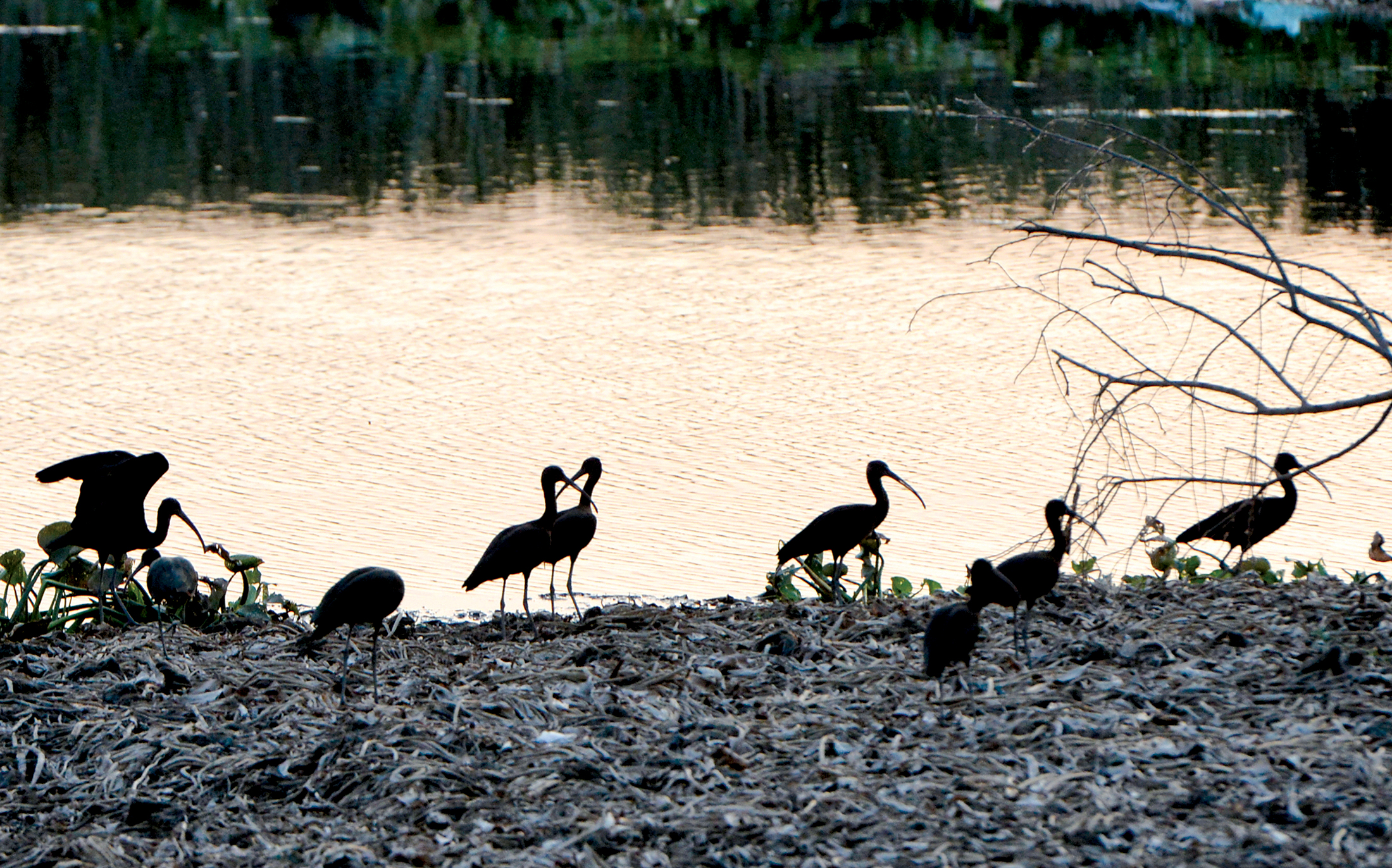A first-of-its-kind study shows that the number of birds in India has seen a sharp decline over the past decade. The situation in Delhi is no different
ON FEBRUARY 22, the Florida Keys weather department recorded a huge patch of yellow and blue dots moving together in the sky. What weather experts thought was an incoming storm or tornado, turned out to be a swarm of birds migrating from the coast of Cuba and Florida, back to their habitats.
This shouldn’t come as a surprise, given that migratory birds do so every year after spending the winter months in warmer climates. At the end of the season they fly back to their homes, but this usually happens at the beginning or middle of March. These days, migration is happening at the end of February, which according to scientists is an alarming sign of climate change.
So, as the world battles climate change, what is the state of our avian population? According to the latest report titled ‘State of Birds in India 2020’, there has been a steep decline of 51% in the population of birds in the country, with 101 species of birds being endangered.
In Delhi, one of the favourite spots of migratory birds and bird watchers alike, the situation is no different from that in the rest of the country. Delhi Forest Department data shows that there has been a decline in the migratory bird population in the city. Around 15,762 migratory birds arrived at the Okhla Bird Sanctuary in 2015-16, while the numbers went down to 15,455 in 2016-17.
Some 15,483 migratory birds were spotted in the bird park in 2017-18, and the numbers went up to 24,347 in 2018-19. “Though there has been an increase in the last year, the number of birds is still not heartening”, says bird watcher and founder of the Delhi Bird Society, Nikhil Devasar.
“The number of migratory birds has come down all over the globe, not just in India”, he reiterates. “Due to global warming, the temperature of their habitats are going up, and hence they have reduced migrating to other parts of the world. Because now the rivers are not freezing, they can easily find food there”, he reasons.
He, however, does blame the rising human population and pollution in the Yamuna floodplains as one of the major reasons why migratory birds are vanishing from the city. These areas see the largest number of migratory birds
“Twelve years ago, Sanjay Lake in Mayur Vihar was a favourite destination for migratory birds like northern shoveller, northern pintail, gadwal, common teal, pigeon yellow wagtail, etc, but today the DDA has given fishing contracts to parties, resulting in migratory birds abandoning this lovely jheel”, says V Selvarajan, bird enthusiast and founder of Green Circle.
“This year’s season was not so good for birding. I could not see much of migratory birds like black redstart, red breasted flycatcher which are found in Delhi parks and green areas”, says Selvarajan, “But Sultanpur National Park had a number of Greylag goose, common crane, common starlings — which can be considered a good sign, though not hopeful at all”, he adds.
Studies show that migratory bird species such as common coot, northern shoveler, common pochard, whiskered tern, pied avocet, white-tailed lapwing, oriental darter, citrine wagtail among others have declined in the last five years.
“We used to spot the black redstart and red-breasted flycatcher in their natural habitats from October onwards. Now, they are delaying their visit largely owing to increased air pollution which has lead to global warming, and Delhi is becoming the biggest victim”, says Selvarajan
The rising levels of air pollution is a cause for concern, he admits. “Earlier one could spot rare species like the Eurasian wryneck, long-tailed shrike, paddy field pipit in places like Dwarka, but now they can hardly be spotted”, he says.
“Lack of farsightedness, vanishing water bodies, habitat destruction and large-scale felling of trees has resulted in reduced number of migratory birds”, adds Selvarajan.
The State of India’s Birds study also shows that the number of house sparrows, one of the most common birds found in any city, is now rarely seen or has completely vanished from urban areas like Delhi. However, they are not extinct or endangered but have moved to semi-urban and rural areas.
“Yes, there are a large number of house sparrows in villages or towns in the outskirts of Delhi”, confirms Devasar. “This is mainly because we have destroyed all their habitats and nesting places in the city due to new construction and rapid urbanisation, and hence they have moved to areas where there is more open spaces for them to nest”, he adds.
A huge plot of land in Dwarka, called the Bharat Vandana, which was a hotspot of birds, both local and migratory, and heaven for bird watchers like Selvarajan, has now been taken over by the DDA, which plans to open an amusement park there. This is a major concern for Selvarajan and many bird enthusiasts who fear that the number of birds will further fall due to this.
“Reduced bird population is due to fast urbanisation, concretisation and continued redevelopment plans. I condemn authorities like DDA for encouraging mindless changes of land use. Bharat Vandana in Dwarka is a classic example of how potential biodiversity areas can be converted into amusement parks”, concludes Selvarajan.
Not very amusing for the birds, of course.





